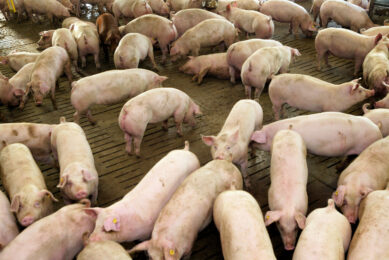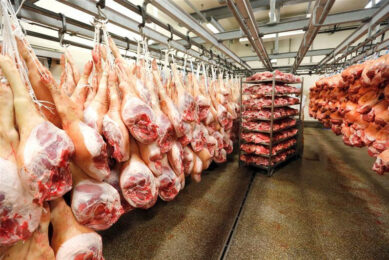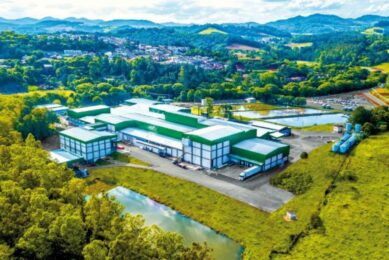Rabobank: global pork trade shifts as tariffs and disease bite

Pork trade flows are being reshaped by tariffs and disease outbreaks, says Rabobank in its Global Pork Quarterly over 2025’s second quarter. While Brazil and the EU benefit from shifting demand, production challenges and consumer uncertainty cast a shadow over global market growth.
The imposition of US tariffs on pork exports to China has significantly reduced competitiveness, especially for offal, where the US accounted for 27% of Chinese imports in 2024. While some of these tariffs are temporarily paused, Chinese importers are turning to Brazil, Chile and the EU. In response, US pork exporters are shifting volumes to other, often lower-value, markets.
China remains the world’s largest pork importer, although imports account for less than 5% of total supply. The resulting trade rerouting is offering growth potential for Latin America and Europe, but leaves US exporters facing falling values and uncertain margins.
Prices rally despite consumption concerns
Despite global economic uncertainty and falling pork consumption in several regions, pork prices rebounded at the start of Q2. The main driver is tightening supply due to stagnant sow herd growth and ongoing health challenges such as African Swine Fever (ASF), Foot-and-Mouth disease (FMD) and PRRSv.
In Brazil, prices were up 28% year-on-year, fuelled by strong demand from the Philippines, where imports jumped 86% in Q1. In the EU, prices strengthened as Germany regained its FMD-free status, though FMD outbreaks continue in Slovakia and Hungary.
Feed costs mostly stable, except in South America
Feedstock costs remain a critical factor. Lower prices in North America and Europe contrast with rising costs in South America, where tight inventories and strong biofuel demand are pushing up corn prices. Currency volatility, particularly the devaluation of the Brazilian real, adds further pressure.
Despite these differences, Rabobank expects global feed costs to stay flat in the second half of 2025, supported by good harvests and strong stock levels.
Disease remains a global concern
Herd health is a major constraint on supply. FMD re-emerged in Germany in early 2025, although trade has since resumed. ASF continues to affect parts of Asia and Europe. Meanwhile, PRRSv remains a concern in North America. Rabobank highlights that improved biosecurity and emerging technologies, such as gene-edited PRRSv-resistant pigs approved in the US, may offer long-term relief.
Regional highlights
- China: Pork production is expected to grow 1% to 2% this year. However, tariffs on US offal are expected to cause a significant shortfall, raising prices and encouraging smuggling via Vietnam and Hong Kong.
- Japan: Imports are strong due to high domestic prices. Slaughter remains below historic levels due to heat stress and disease, but foodservice demand is supporting consumption.
- Vietnam: ASF outbreaks and environmental restrictions on pig farming have driven up piglet prices by 30%. Imports rose 40% in early 2025, with Brazil remaining the top supplier.
- Philippines: Prices surged by 20% year-on-year. The country’s fragmented farming structure hampers disease control, and production is expected to fall again in 2025.
- North America: US production remains flat as exporters face shrinking markets. In Canada, increased slaughter and exports to Mexico and Japan are supporting growth.
- Mexico: Hog prices reached record highs but have since declined seasonally. Imports from the US are up, while Brazil is gaining market share.
Outlook: cautious optimism amid volatility
While global pork production is under pressure from disease and uncertain trade policies, stable feed costs and opportunities in emerging markets are expected to provide some relief. Nevertheless, Rabobank warns that inflation and shifting consumer behaviour may suppress demand, especially for higher-priced cuts and foodservice.
With trade patterns continuing to evolve and herd growth stagnating, producers must remain agile to manage both risk and opportunity in a volatile global market.











